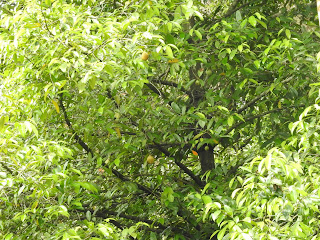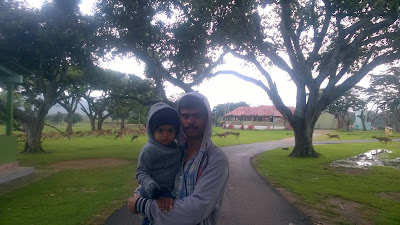The Kollam–Sengottai branch line (Quilon–Shencottah or Quilon–Chenkotta line) is a railway line in South India which connects Kollam Junction in Kerala state and Sengottai ( Chenkottai, Senkottai) in Tamil Nadu.
The Quilon–Shencottah railway line was the first railway line in the Travancore state and is more than a century old (112-year-old)
The Kollam–Sengottai section is part of the Kollam–Chennai meter gauge rail route commissioned by the British in 1904.
The line has been completely converted to broad gauge. Currently, the railway line is operational from Kollam Junction to Shengottai.
One of the most scenic railway routes in the country, the stretch was the sole gateway between Kerala and Tamil Nadu through Tirunelveli.
The route goes through hills, caves and also passes through an iconic century-old 13-arch bridge in Thenmala
History
The Kollam-Sengottai metre gauge line was conceived and implemented by Maharajah Uthram Thirunal of Travancore.
The railway line was built jointly by South Indian Railway Company, Travancore State and the Madras Presidency
After a survey in 1888, work started in 1900 and was completed by 1902.
The first goods train travelled on this route in 1902 while the first passenger train began its run in 1904.
Meter gauge services were inaugurated on 1 July 1904 with the first passenger train flagged off from Kollam by Maharajah Moolam Thirunal of Travancore with a 21-gun salute.

The railway line was constructed by the British in the foothills of the Western Ghats to transport forest products, spices and cashews from Kollam to Chennai, their southern headquarters.
Notable landmarks on the route

13 Kannara Bridge
The Pathimoonu kannara palam or 13 Arch Bridge is a 108–year–old bridge at Kazhathuruthi.
The bridge consists of 13 arches and is a major landmark on the Kollam-Sengottai railway line and the architectural abilities of the British.
The bridge connects two hillocks and stands on thirteen
granite pillars each almost a hundred feet tall. Kazhuthurutti on the other, the bridge is 102.72 metres long
and 5.18 metres tall.
>>----THANKS FOR VISITING MY BLOG...KEEP IN TOUCH------>





















































